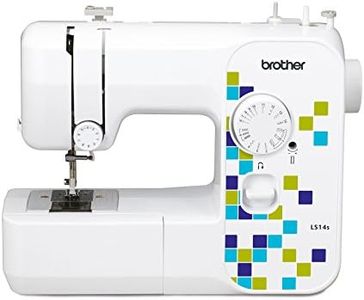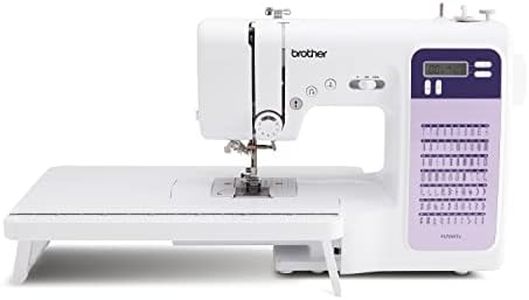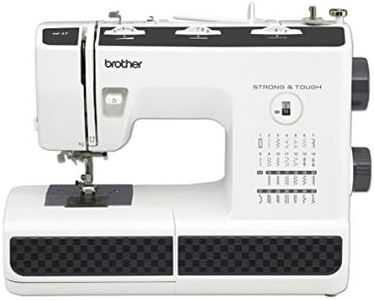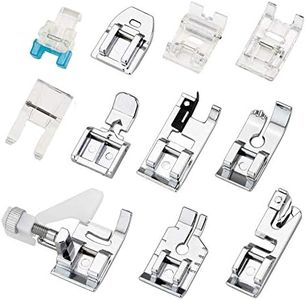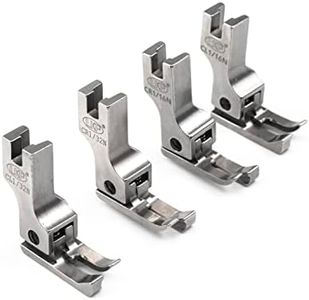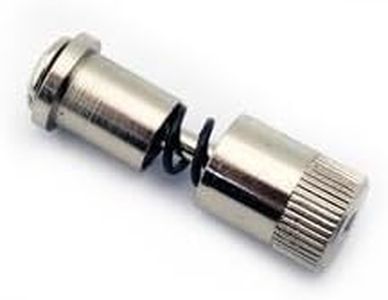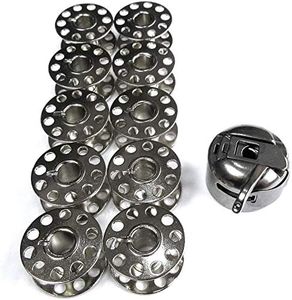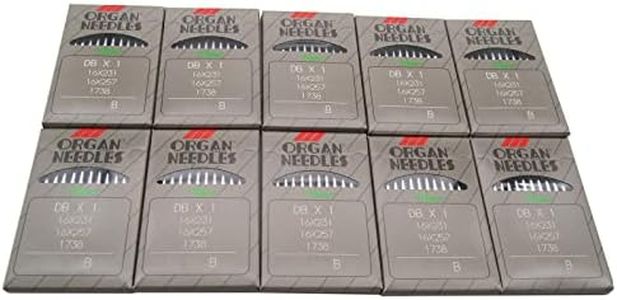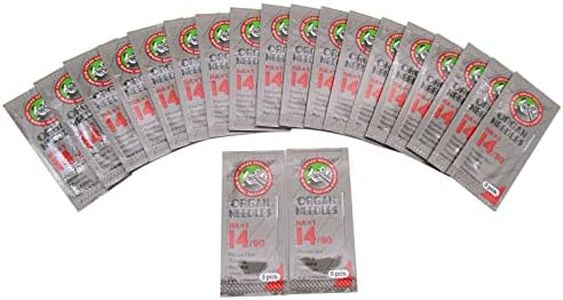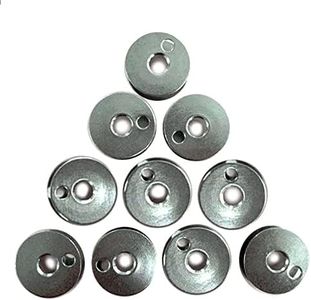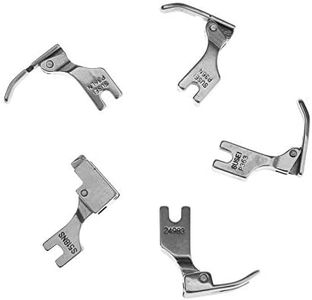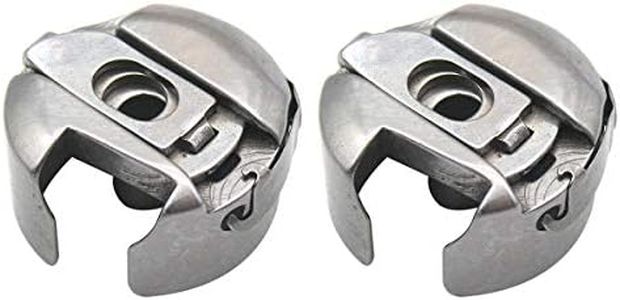We Use CookiesWe use cookies to enhance the security, performance,
functionality and for analytical and promotional activities. By continuing to browse this site you
are agreeing to our privacy policy
10 Best Industrial Sewing Machines
From leading brands and best sellers available on the web.Buying Guide for the Best Industrial Sewing Machines
Choosing an industrial sewing machine is all about understanding your specific sewing needs, the materials you plan to work with, and the volume of work you expect. Industrial machines are built for durability, speed, and handling challenging fabrics, but not every model suits every task. Focus on what you’ll be sewing most often, the thickness and type of materials, and how regularly you’ll use the machine, as these factors will guide you toward the right choice.Machine Type (Straight Stitch, Zigzag, Overlock, etc.)The type of industrial sewing machine refers to the kind of stitches and applications it specializes in. Straight stitch machines are perfect for most basic seams, while zigzag machines are important for intricate or elastic stitches. Overlock machines (sergers) are designed for finishing edges and preventing fraying. If your work involves heavy-duty seams, a straight stitch might be ideal, but for varied garment making, a combination of types may be necessary. Pick the type according to the main tasks you’ll perform most often.
Motor PowerMotor power determines how fast and how effortlessly the machine can sew through various materials. Heavy-duty projects, like sewing leather or canvas, require more powerful motors, while lighter fabrics don’t need as much strength. Motors are often rated by wattage or horsepower; divide them broadly into light-duty (lower power), medium-duty, and heavy-duty (higher power). Choose based on the toughest and thickest materials you expect to work with.
Speed (Stitches Per Minute)Speed is typically measured by how many stitches the machine can sew per minute (SPM). High-speed machines increase productivity in factory settings but require more skill to control. Generally, machines range from slower speeds for precision work (1,000–2,000 SPM) to very fast (over 5,000 SPM) for mass production. Consider your need for speed versus control: higher speeds are helpful for straightforward, repetitive tasks, while slower speeds are better for detailed and delicate work.
Feed MechanismThe feed mechanism moves the fabric under the needle and comes in several types, such as drop feed, walking foot, or needle feed. Drop feed works for most standard textiles, while walking foot and needle feed help prevent shifting or puckering with heavy, multilayer, or slippery fabrics. Evaluate what you'll sew: standard textiles work fine with drop feed, but if you expect quilting, leather, or layered fabrics, advanced feeding systems will serve you better.
Needle SystemIndustrial sewing machines use specific needle systems, which affect compatibility with certain fabrics and thicknesses. Some systems support thicker or multiple needles for special tasks. If you switch fabrics or thread weights often, a versatile needle system is crucial. Find out what types you’ll often use and pick a machine that accommodates those needle sizes and types.
Bed Type (Flat, Cylinder, Post, etc.)The bed type is the shape of the area where the fabric rests. Flat beds are good for regular, flat pieces of material, while cylinder or post beds are needed for sewing cylindrical or awkward items like sleeves, shoes, or bags. Analyze the types of items you make most: flat beds for garments or straight seams, cylinder/post beds for bags, shoes, and curves.
Automatic Features (Thread Trimmer, Backtack, etc.)Some industrial machines include automatic features like thread trimming or automatic reverse/backtack, which can save time and increase consistency. If your work includes lots of repetitive actions, these features boost efficiency. However, if you’re doing specialty or custom work where manual control is vital, simple machines might be preferable. Match the features to the frequency and kind of your typical sewing tasks.
